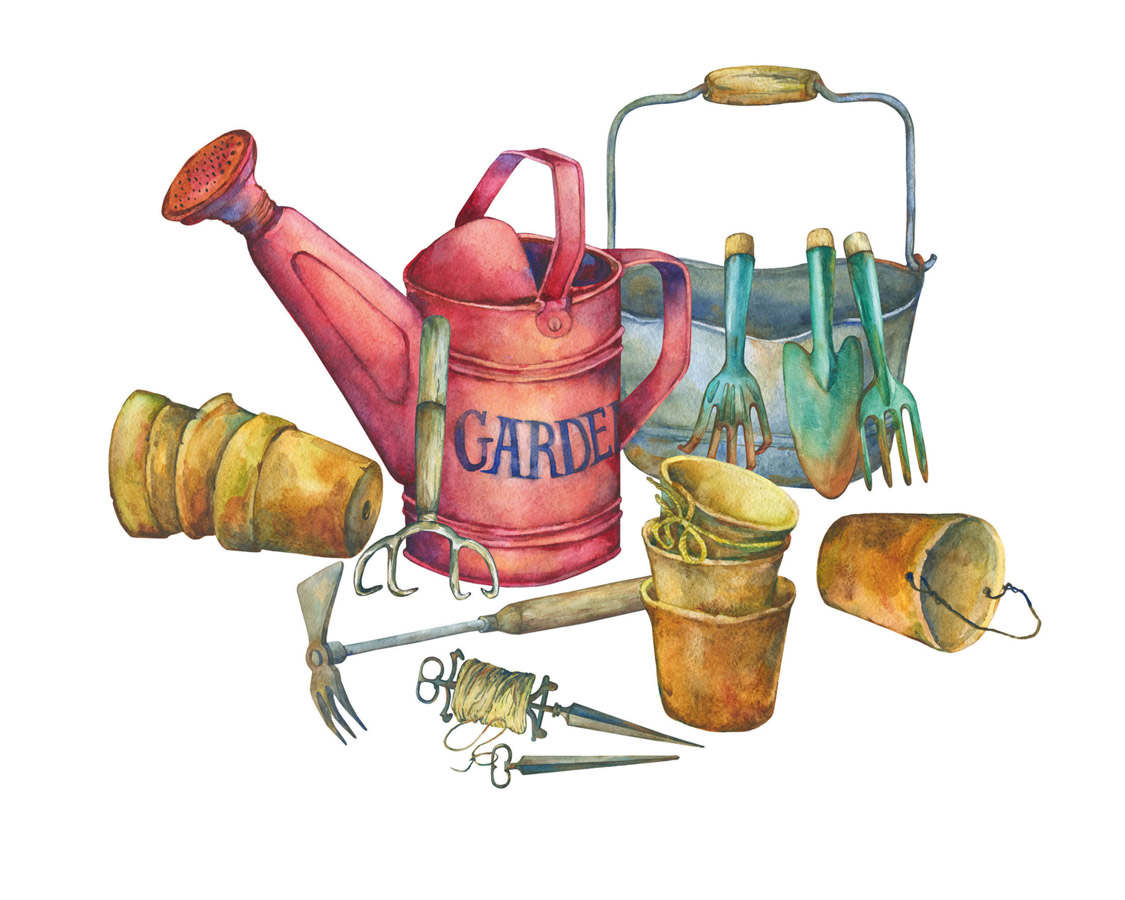Yard to Table: Planting for Fall
Given a choice between a store-bought tomato or one that is homegrown, there really is no comparison. Homegrown fruits and vegetables just taste better. If you have a hankering to test this statement, you are in luck. Fall is one of the best times to start a kitchen garden in Florida—catering to both warm- and cool-season crops, as well as plenty of tasty herbs.
There are many setups for an edible garden, but our native sandy soils make raised beds or containers advantageous over the intensive process to prep ground soil for planting. Raised-bed gardening not only gives the most control over the condition of the soil, but is also easier to maintain. With options as varied as wood- or composite-constructed planters, Earth Boxes, pots, and even five-gallon buckets, the bottom line is that anyone can grow and reap the benefits of fresh-from-your-backyard (or front yard) produce, and enjoy the process as well.
HERE IS A BRIEF RUNDOWN TO GET YOU STARTED.
A home for the kitchen garden
After you’ve determined what you’ll be growing, choose a location that gets optimal sunlight and has ease of access for harvesting and watering. Observe the area to see what objects block sunlight throughout the day. The ideal location offers at least six hours of direct sunlight for your herbs and vegetables, although some of the more delicate herbs can thrive with four hours. The orientation isn’t as important for a small-scale edible garden as long as sunlight needs will be met. Also note that as the fall heads toward winter, the sun will shift slightly lower on the horizon.
Dirt is the word
With raised beds, you have the freedom to create your own “soil.” The goal is to use organic matter that offers moisture retention (and drainage) but allows for aeration. In addition, you need to provide nutrients such as worm castings and compost for plant growth and production. There are store-bought soil mixes for container gardening but they tend to be expensive. A homemade raised-bed soil mix requires a slight investment upfront for ingredients, but allows you to amend and recreate the soil in the future. A make-your-own raised-bed soil could consist of alternating layers of topsoil (the sand in topsoil offers good drainage) and a nutrient-rich layer of peat moss (you can use a basic potting soil for this, too) mixed with dolomite, worm castings, and compost, which you can find at a local garden store. You’ll want your most nutrient-rich layer to be in the top six inches of the soil, where the bulk of roots grow.
Plant Away
Start small and plant edibles you know you will eat. Although some crops are best planted as seeds directly in the soil, purchasing some ready-for-soil transplants can help get a jumpstart on harvesting. Transplant temperate crops like tomatoes, eggplant, cucumbers, and pole and bush beans until mid-October, then add cool-weather veggies like lettuce, spinach, and broccoli to the mix. Check farmers’ markets and local garden vendors for the healthiest transplants. You can also start your own seeds indoors and transfer them to your garden.
Here is a quick list of suggested fall plantings. Direct sow starting late August, early September: pole beans, corn, pumpkins, radishes, cucumber, broccoli, kale, lettuce, basil, and more. Direct sow mid-October: snap peas, beets, cauliflower, cabbage, potatoes. Transplant September through November: tomatoes, eggplants, bell peppers, parsley, cilantro and bok choy.
Check the Florida planting guide put out by the University of Florida’s IFAS Extension for more in-depth info on what to plant when.
Thirst quenching
There’s no set frequency or amount of water to use on your garden. Instead it’s best to monitor it and fill in where rainwater is lacking. The fall season tends to be a bit dryer than the rest of the year, but many times the heavy rains can continue well into October. According to the University of Florida’s IFAS Extension, “You should check on your plants every day or two and irrigate them when the top half-inch or inch of soil is dry or when plants begin to wilt.”
You will also want to ensure that no matter what container or raised bed method you use there is adequate drainage so plant roots are never sitting in water for long.
Shoo, pest! Don’t bother me
The best way to deal with pests is to prevent them by planting a diversified garden that is healthy and attracts beneficial insects that will keep harmful ones in check. Planting marigolds and other pest-repelling plants will help with this, and will add visual interest to the garden, too.
Even with the best efforts and intentions, pests happen. There are many organic treatments and methods that can be used once a pest has inhabited your garden. It’s helpful to keep neem oil and diatomaceous earth on hand for quick use on a wide range of pests. Talk to your local garden store for advice on what is best to use for a specific pest.
Another important tip is to ensure proper spacing between plants. Without proper air flow, plants become more susceptible to diseases like powdery mildew. Remove any fruit or leaves that show signs of disease or pests as soon as possible, but know that in some cases the entire plant must be removed to avoid the spread to the rest of the garden.
And last but not least ... don’t be intimidated. A green thumb is often acquired, not gifted!






